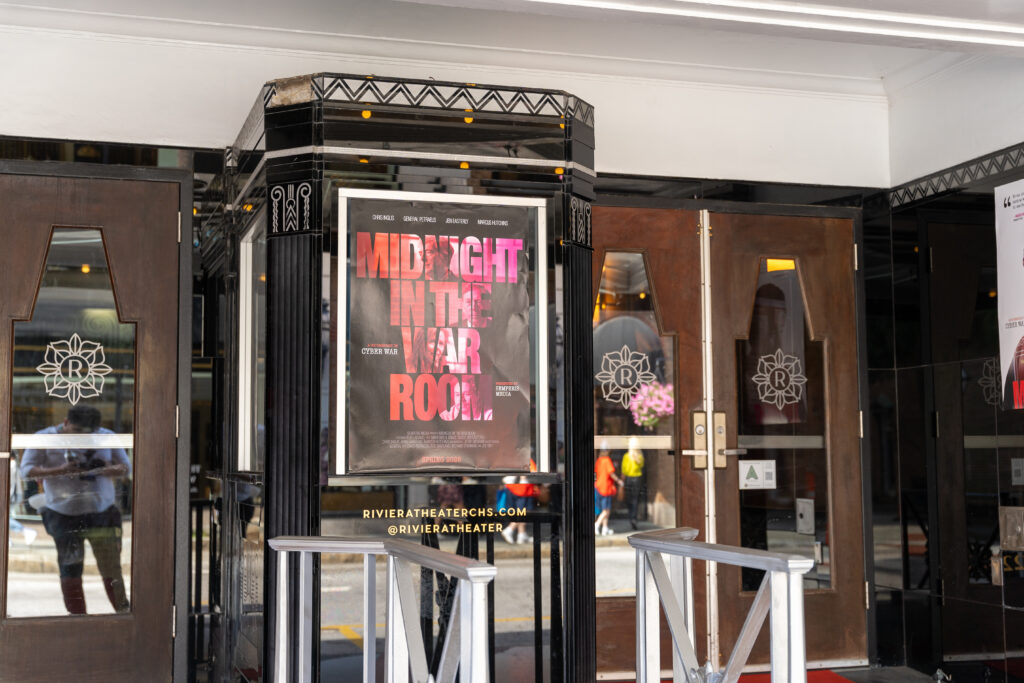Every business has a story to tell. Problem is, fewer and fewer people are listening. Declining TV viewership, email inboxes that are bursting at the seams, and online ad blockers have made audiences harder than ever to reach. If companies are going to engage them, they’ll need a strategy that captures, informs, and motivates audiences in new and exciting ways. Fortunately, a tool now exists that allows companies to do just that: 360-degree immersive video.
360-degree video is hardly a new thing. It’s been around in various forms for a couple of years. What’s new is the technological advances in 360 VR Camera technology that make 360 VR video available to the masses.
And it’s about time.
The advantages VR video offers are long overdue, but, today, any company can create their own 360-degree VR content through which to tell their story. Now it’s possible to produce videos that immerse audiences inside the scene, where they can pan around freely and see everything around them within a full 360-degree radius. VR content can be viewed on any computer or mobile device, or on VR headsets for a totally immersive experience.
Why 360 Video?
Enthusiastic consumer response is showing that letting customers control their own viewing experience is a very good idea. 360-degree video immerses the viewer into another place and time, and lets them take a look around, to focus on what they want to see, just as they do naturally in the real world.
Never mind that VR video is the fastest growing segment in digital media; it is also uniquely effective at helping organizations of all types to engage customers and audiences in ways never before possible. As branding becomes increasingly visual, more and more companies are turning to VR content for telling their tale.
Whether posted on the company website or on a social media platform, VR video works best when linkbacks are provided in both directions.
Story? What kind of story?
Just as every business has a story to tell, every story has a purpose. The purpose can be as unique as the company they represent, but most fall into the following 5 categories.
1. Brand awareness: Marketing is foremost an effort to increase brand awareness in the marketplace. In the deluge of advertisements that bombard us day after day, keeping a company name in the minds of customers is increasingly a challenge. Competing for even a few seconds of viewers’ attention demands a fresh approach, a breakaway from the tiresome marketing methods that have left viewers weary of just one more message.
360-degree video is that fresh approach. Rather than trying to present viewers with a video that tells your story, 360 video pulls viewers into your story and lets them experience it for themselves. The audience remembers your brand because they’ve been right there with you as you told it.
2. Product awareness: When it gets right down to it, companies don’t want to advertise their products to the mass market, they want to showcase them to one each person individually. But when each person sees the same thing, there is no opportunity to personalize the experience for anyone.
360 video breaks through the barrier and enables companies to let each prospective customer explore products in their own unique way. Mercedes-Benz demonstrates this concept beautifully in its 360° video tour through Berlin with the V-Class EXCLUSIVE. The carmaker takes viewers on a ride through Berlin inside their luxurious MPV. Rather than a assaulting the audience with a sales pitch, the video lets the vehicle speak for itself. Soothing music accompanies the ride as viewers decide what they want to look at, and for how long. Only at the end does anyone speak, and then only to cite the company slogan. Mercedes-Benz wisely lets their product tell its own story, and words could have said it no better.
3. Philanthropy: Some of the most important stories organizations need to tell concern their charitable work around the world. The challenge in getting these important messages across lies in forming a connection between the viewer and the cause that the company hopes to impact. It has been proven that donors are more likely to contribute to a cause when they feel empathy for those they are asked to help. Placing the viewer inside a ragged tent in Zambia, or in a cardboard shanty that serves as a house for a homeless veteran, tells those stories in an engaging and intimate way. Next to being there, there is no better way for the viewer to understand the need. As the viewer is plunged into the dark reality of other people’s lives, they become motivated to partner with a company to make an impact for the better.
4. Success stories: 360 video lends itself wonderfully to sharing a company’s success stories. Whether a business wants to show off completed projects, or demonstrate a new technological advancement, nothing shares the story better than immersive video. Unlike 2D video, VR video allows the viewer to step inside a remodeled home and nose around, and to have a look around the R&D lab. Whatever your company does that makes you proud is a good topic for a 360-degree video.
5. Events: Companies work hard to promote special events, and video has become an important part of telling the story to those who could not attend. From trade shows to award banquets, if it’s important enough for a company to sponsor, it’s important enough to share.
VR video allows employees and customers to step right into the event and experience for themselves. The experience that comes from looking around at attendees and seeing all the action around them is a great enticement for attending the next company event.
SpaceX used 360 video to document its post-launch news conference with Elon Musk at NASA’s Kennedy Space Center to celebrate the successful launch of the Falcon 9 rocket. Viewers are given a front-row seat, from which they can turn and see the press, or watch the speakers talking about what the launch means for the company.
VR video builds customer loyalty
To reach today’s consumers, or businesses, you must engage them through the channels they use most often. With 360-degree video, you do not control what the customer sees – they do. By allowing them the freedom to choose how they experience your story, VR video offers a level of transparency that builds customer trust and brand loyalty.
- Why Going Green with Tech Doesn’t Need to Cost the Earth - September 18, 2020
- Under 13s Most Likely to Suffer a Phone Related Injury - August 22, 2020
- The Products You Need for a Business on the Move - June 16, 2020




Comments are closed.